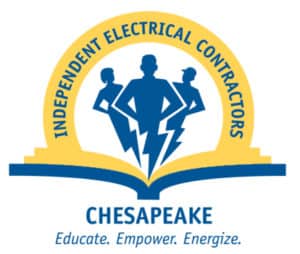
Establishing and promoting a culture of risk management can have a silent, but significant, impact at your business. Prioritizing safety and judgment can help protect your people and your profits. Emphasis on workplace safety and loss prevention — from senior management to front line employees — helps businesses run more efficiently and avoid errors that could dent or break the bottom line.
Every injury, every lawsuit, every poor hire, every missed opportunity to plan can pull money out of your pocket. Insurance helps pay for the direct costs of a loss, such as property damage, medical bills, and legal expenses. But your business is responsible for some related expenses — hiring and training new employees, lost productivity, low morale, damaged reputation, and potentially higher insurance premiums.
Hard to Detect, but Still Worth It
Workplace safety, employee screening, sound policies, and other risk management practices are essential. The tricky part is that the outcomes of a good risk management program are difficult to demonstrate. When everything goes right, you don’t have any examples to prove how effective your efforts were. There’s no paperwork, no accident site photos, no medical bills. But think about it: A chunk of your profits can disappear every time an employee slips, strains a muscle, falls, or fails to follow company policies and procedures. In this case, the absence of proof is the proof.
Constant Improvement
Your policies follow the guidelines and you post appropriate signage, so
there’s nothing more to do, right? Not so fast. Even the best
businesses can get better.
Federated Insurance clients repeatedly echo four points regarding the
value of risk management culture and its positive impact on businesses.
Keep the following in mind, and always be looking out for potentially
hazardous situations.
It has to start at the top.
Management should model good behavior, reinforce a “safety first” message, and invest time and resources to implement sound policies and procedures. Without their buy-in, it’s difficult to establish a successful risk management culture.
Empower employees. Give employees the tools and incentives to
take ownership in a risk management culture. Set clear expectations and
reward positive behavior.
Take control. Many claims are preventable. Create and enforce policies
related to safety, conduct, and hiring. Designating a risk manager to
address these critical practices is one way to take the reins.
It has a financial impact.
Hidden expenses can quickly add up. Additionally, losses can impact your workers compensation experience modifier, which may lead to higher insurance costs.
In a competitive business world, where turning a profit is often the highest priority, it’s tempting to sweep risk management under the rug with the expectation that an injury or accident won’t happen. That could be a costly mistake. Focus on risk management, and you can positively impact your bottom line.

